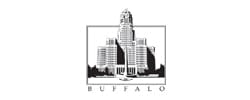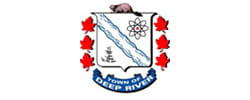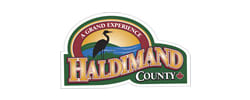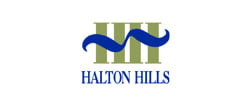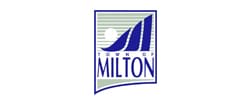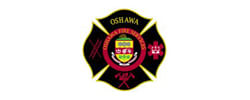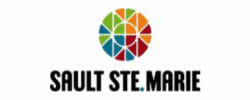Hose Drag
Event #2
Equipment
This event uses an uncharged fire hose with a hoseline nozzle. The hoseline is marked at 8 feet (2.24 m) past the coupling at the nozzle to indicate the maximum amount of hose you are permitted to drape across your shoulder or chest. The hoseline is also marked at 50 feet (15.24 m) past the coupling at the nozzle to indicate the amount of hoseline that you must pull into a marked boundary box before completing the test.
Purpose of Evaluation
This event is designed to simulate the critical tasks of dragging an uncharged hoseline from the fire apparatus to the fire occupancy and pulling an uncharged hoseline around obstacles while remaining stationary. This event challenges your aerobic capacity, lower body muscular strength and endurance, upper back muscular strength and endurance, grip strength and endurance, and anaerobic endurance.
This event affects your aerobic and anaerobic energy systems as well as the following muscle groups: quadriceps, hamstrings, glutes, calves, lower back stabilizers, biceps, deltoids, upper back, and muscles of the forearm and hand (grip).
Event
For this event, you must grasp a hoseline nozzle attached to 200 feet (60 m) of 1 3/4-inch (44-mm) hose. Place the hoseline over your shoulder or across your chest, not exceeding the 8-foot (2.24-m) mark. You are permitted to run during the hose drag. Drag the hose 75 feet (22.86 m) to a pre-positioned drum, make a 90° turn around the drum, and continue an additional 25 feet (7.62 m).
Stop within the marked 5 foot x 7 foot (1.52 m x 2.13 m) box, drop to at least one knee and pull the hoseline until the hoseline’s 50-foot (15.24-m) mark crosses the finish line. During the hose pull, you must keep at least one knee in contact with the ground and knee(s) must remain within the marked boundary lines. This concludes the event. Walk 85 feet (25.91 m) within the established walkway to the next event.
Warnings and Failures
During the hose drag, if you fail to go around the drum or go outside of the marked path (cones), the test time is concluded and you fail the test. During the hose pull, you are warned if at least one knee is not kept in contact with the ground. The second infraction constitutes a failure, the test time is concluded and you fail the test.
During hose pull, you are warned if your knees go outside the marked boundary line. The second infraction constitutes a failure, the test time is concluded and you fail the test.
Physical Preparation
Attach 50 feet of rope to a duffel bag to which weight has been added. Tires or cement blocks can also be used for resistance. Choose an initial resistance that enables you to perform 8 to 10 repetitions (2-minute recovery between repetitions) of the exercise sequence. This generally represents an effort that you would rate as feeling “somewhat hard.”
Progressively increase the resistance to 60 to 80 pounds as fitness improves. Place the rope over your shoulder and drag the resistance a distance of 75 feet. (You should run during this phase of the event.) Immediately drop to one knee and steadily and briskly pull the rope hand-over-hand to bring the resistance into your body. A parking lot, school yard, driveway, or sidewalk can be used for training on this event.
